Stellantis Ends Remote Work to Boost Quality and Sales
Leadership Changes Prompt A Return To The Office For Improved Collaboration...
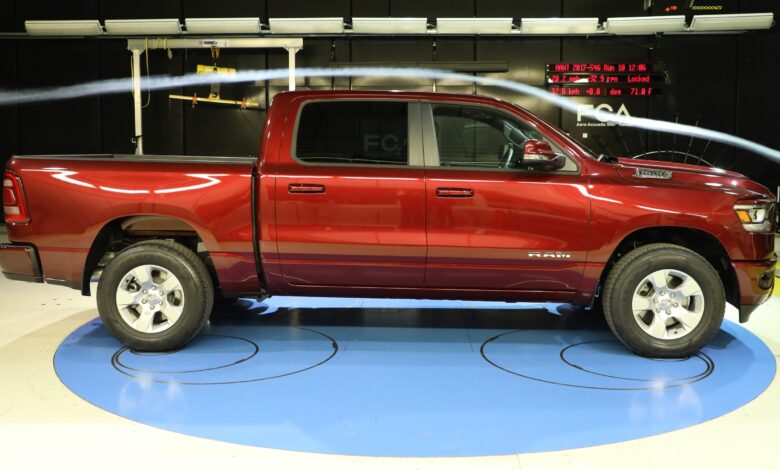
Stellantis has announced a significant shift in its work-from-home policy. The automaker will now require employees to return to the office an average of three days a week, a major change from the 70% remote work policy that had been in place. The decision comes after a recent profit warning that triggered a leadership shake-up, and it aims to improve quality control, sales performance, and project timelines.
Stellantis Shifts Focus After Profit Warning –

The policy change follows a turbulent period for Stellantis, marked by disappointing sales, delays in key new models, and quality control issues. The recent profit warning led to a top-level shake-up. CEO Carlos Tavares replaced key executives, including the company’s Chief Financial Officer (CFO) Natalie Knight and North American Chief Operations Officer (COO) Carlos Zarlenga.
“We need to be pragmatic, and we are recalibrating,” said Xavier Chéreau, Stellantis’ Chief Human Resources & Transformation Officer, during an interview at the 2024 Paris Motor Show. He emphasized the importance of in-office collaboration, especially for challenging projects. “If there’s a difficult project that needs attention, then it’s all week in the office,” he added.
Return to Office Begins in Key Markets –

Stellantis’ shift back to in-office work began gradually in mid-2024, with more engineers returning to their desks since June. This change marks a departure from the remote-work approach that Tavares championed following the COVID-19 pandemic. In the U.S., remote work has allowed the company to reduce its office space and sell off real estate to cut costs. However, labor unions expressed concerns that the company was pushing employees too hard to stay away from the office.
With the new policy, the automaker aims to foster a more collaborative work environment to address the challenges facing its operations in key markets like the U.S. and Europe.
Revamping Workspaces to Support Collaboration –
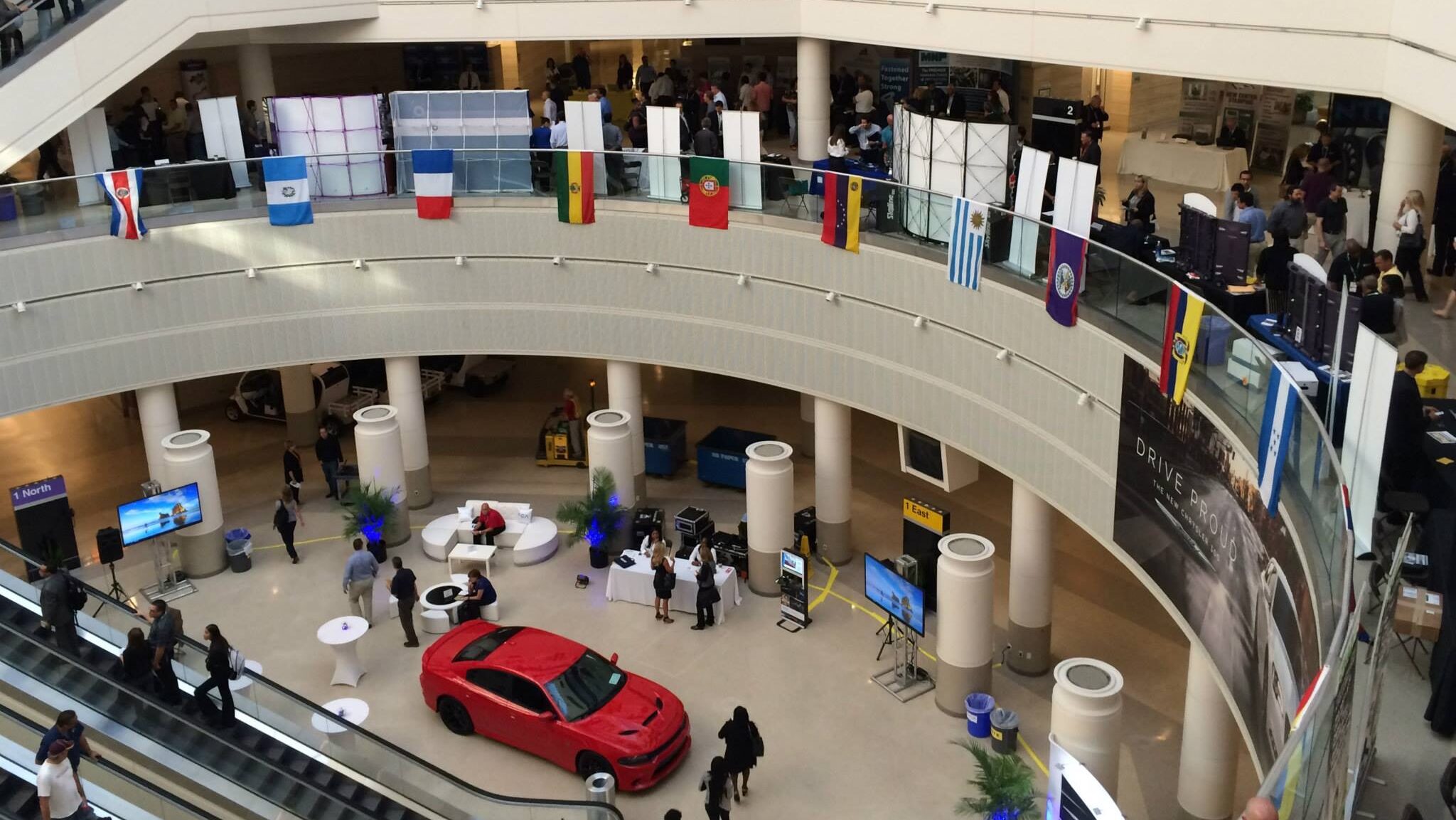
To accommodate the shift, Stellantis is revamping several of its key facilities, transforming them into more collaborative workspaces. One example is the company’s site in Poissy, a suburb of Paris. The location now features open workspaces and fewer closed-door offices designed to support around 9,000 employees. Chéreau said that this focus on open spaces would help improve communication and teamwork among staff. The updated workspace model will also be applied to Italy, Germany, and the U.S. facilities.
“Given what the situation is today, I feel the need to be with my teams more often, to reassure, to communicate, to help make sense of things,” Chéreau stated, highlighting the importance of face-to-face interactions in navigating the company’s current challenges.
Balancing Job Retention and Reskilling for EV Transition –
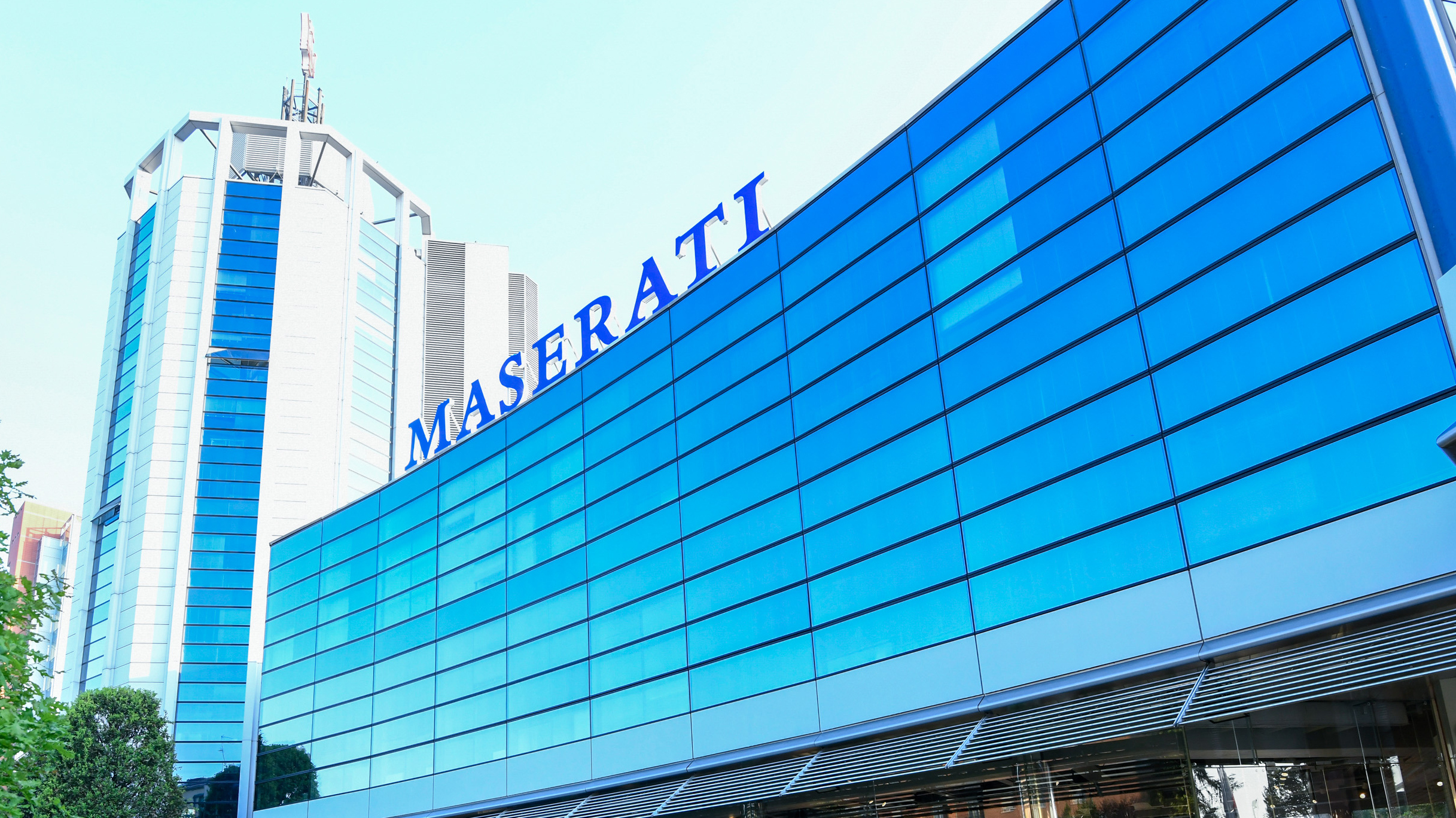
Stellantis’ move back to in-person work comes amid criticism from labor unions over the company’s efforts to reduce jobs in higher-cost countries like France. These job cuts have reportedly affected employee morale and led to the departure of some skilled talent. In response, the company has emphasized its commitment to reskilling employees rather than simply reducing headcount.
Stellantis has allocated €144 million ($157 million) this year to retrain its workforce, focusing on adapting to the electric vehicle (EV) market. “Internal mobility is what I have most at heart,” Chéreau explained. The company is working to prepare employees for new roles and responsibilities in the transition to EV production.
Will Stellantis’ Strategy Pay Off? –
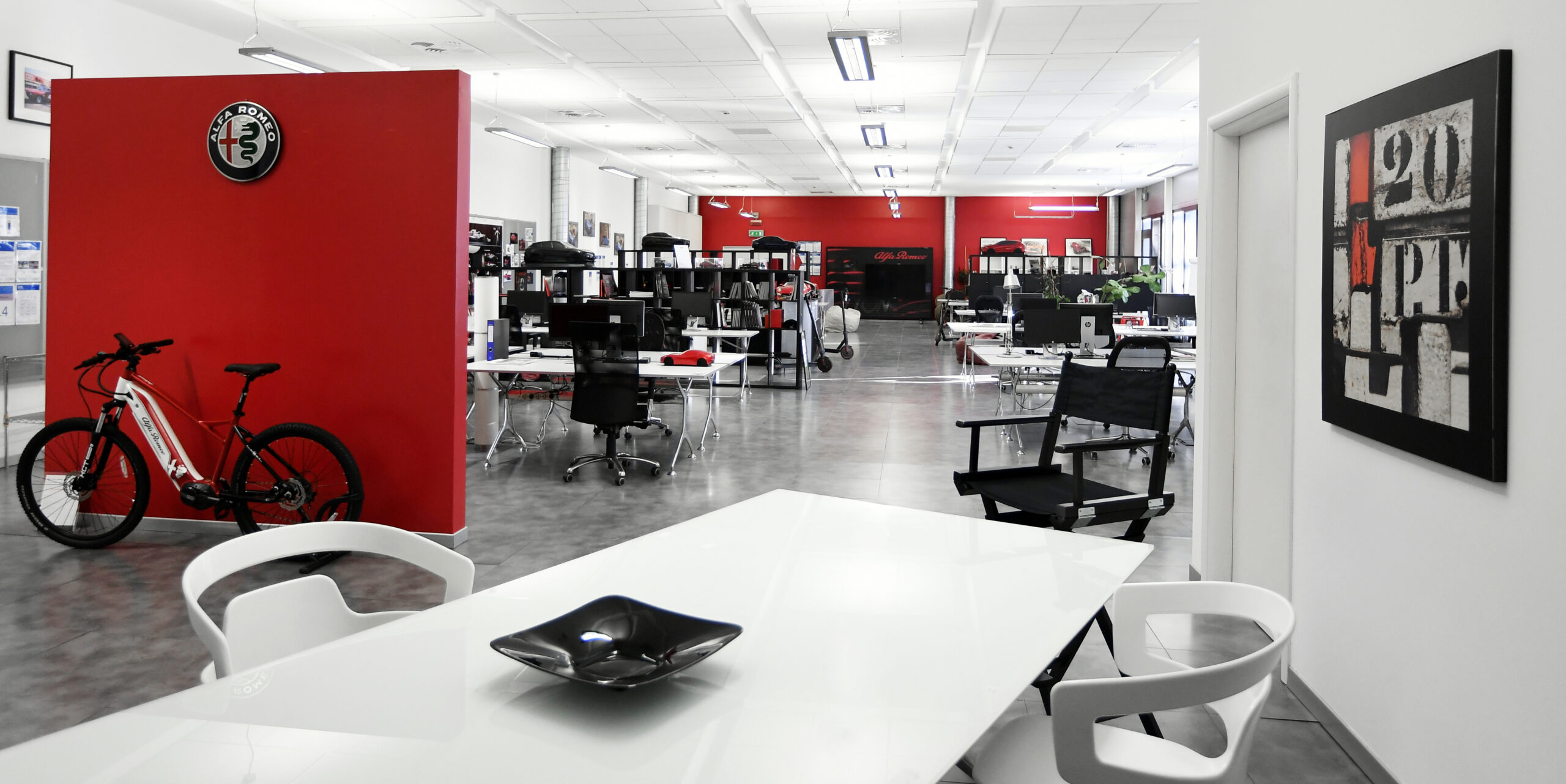
Stellantis’ new hybrid work policy reflects a broader strategic pivot to address operational and market challenges. With increased in-office collaboration, revamped workspaces, and a focus on retraining, the company hopes to regain its footing in a competitive industry. As the automaker navigates this transition, all eyes will be on whether these changes can improve production timelines, quality control, and overall sales performance.
Source: Bloomberg


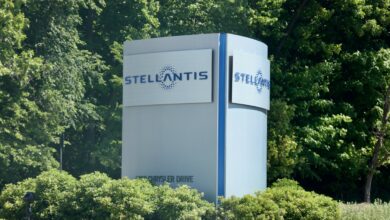



6 replies
Loading new replies...
Join the full discussion at the Mopar Insiders Forum →